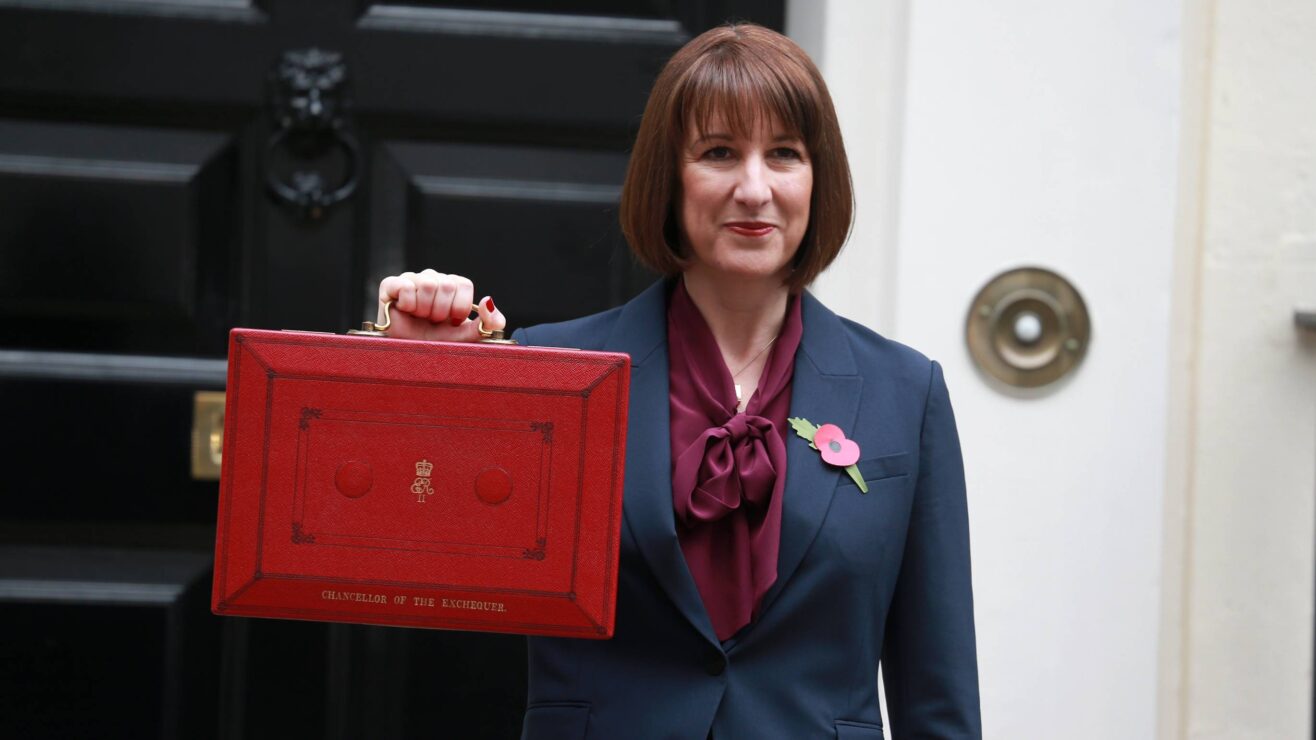We’ve looked before at Eights Week – the annual University of Oxford inter-collegiate rowing competition. Today’s postcard shows that as at Oxford, so at Cambridge.
At Cambridge, the rowing week is called Bumps, and there are two every year – Lent and May (May now normally takes place in June). The river is narrow and winding, with too little room for boats to race side-by-side like they do in the boat race in London. And so the competition is to catch the boat ahead, bumping its rear with your front. Hence Bumps.
Although lots of colleges compete, it’s really a sequence of one-on-one races, as when a boat bumps the one ahead, both boats are meant to pull over to the side. The boats start off in a line, with a length and a half between each boat. A boat is about 19m (60ft) long, so this means that a boat has to catch up 38m (90ft) or so to bump the boat ahead. The whole course is 2.6 km (1.6 miles), so there’s plenty of time and river in which to do this.
And if you’re in a fast boat, and the boat ahead of you bumps the one ahead of it, you can in principle catch up and bump the boat which was three ahead of you at the start. So if you’re quick enough, and lucky enough, you can make dramatic gains. In each week there are races on each day, so a boat will race four times in Lent Bumps and five times in May Bumps. And the whole field (lake?) of boats is divided into divisions, so only about eight or ten boats are involved in any one race.
At the end of each Bumps week, the boat which is in first place becomes the head of the river, which is the overall aim. But most boats can’t aspire to do this: for example, in five races over May Bumps you can’t realistically aim to progress more than five places. Boats which aren’t in the top five or six at the start of the week can’t really expect to become head of the river.
But all must be able to win prizes, so if a boat bumps another every day in the week, it is awarded a blade by the college, which is a painted oar with the names of the crew on it.
All of this is explained really well on the Cambridge University Boat Club site. And this isn’t an assessed piece of coursework, so it’s fine to not really get it!
The card itself dates from the 1960s. If you look carefully you’ll see that Trinity College has two shields, 1st and 3rd. This is because the Trinity College boat club is formally the First and Third Trinity Boat Club. They only have one boat. There was a second Trinity Boat Club, but this only existed from 1840 to 1876. And just to confirm that this is exactly as posh as it sounds, the Third Trinity Boat Club (which merged with the First in 1946) was originally only for students who had attended Eton or Westminster schools. The second was only for members of the clergy and theology students at Trinity. It folded, apparently, due to lack of numbers.
Also notable on the card is the St John’s (LMBC) shield. St John’s is the college, but Lady Margaret (Maggie’s to its friends) is the boat club, named for Lady Margaret Beaufort, a very significant late medieval personage and the founder of the college.
Posted on 26 August 1969, the card reads:
Dear Aunty May and Uncle Ray and Deborah. Today is Tuesday and it is just starting to rain. The camp is altogether Very Good. Having a nice time love Bruce.
The stamp cost 4d, which was the rate then for second class post. Inflation adjusted, this is about 23p now. A second class stamp today will cost you 85p. To be fair, there were 11.3 billion letters sent in 1969, compared with 7 billion in 2023, so there were more economies of scale back then. But still.












